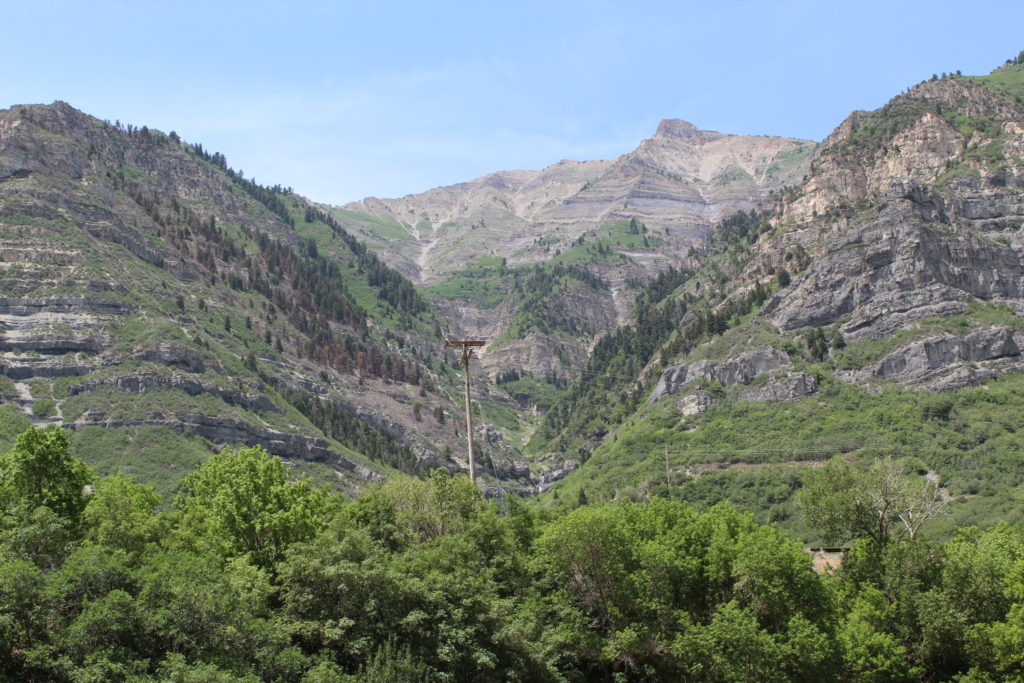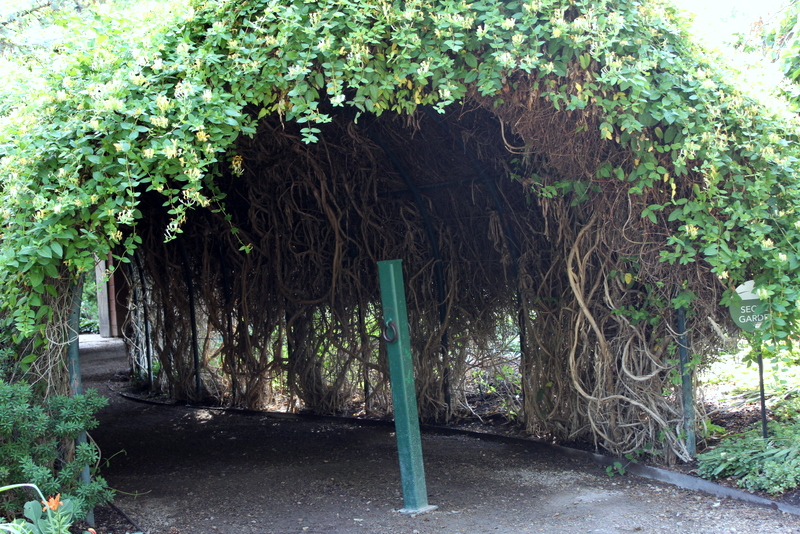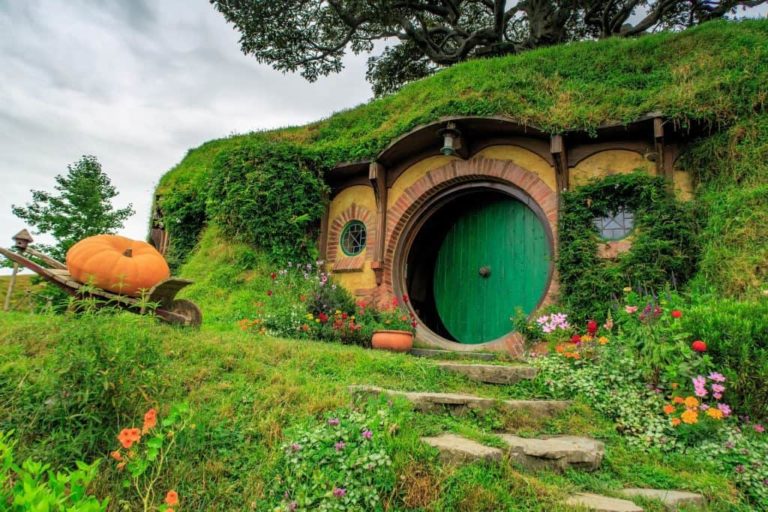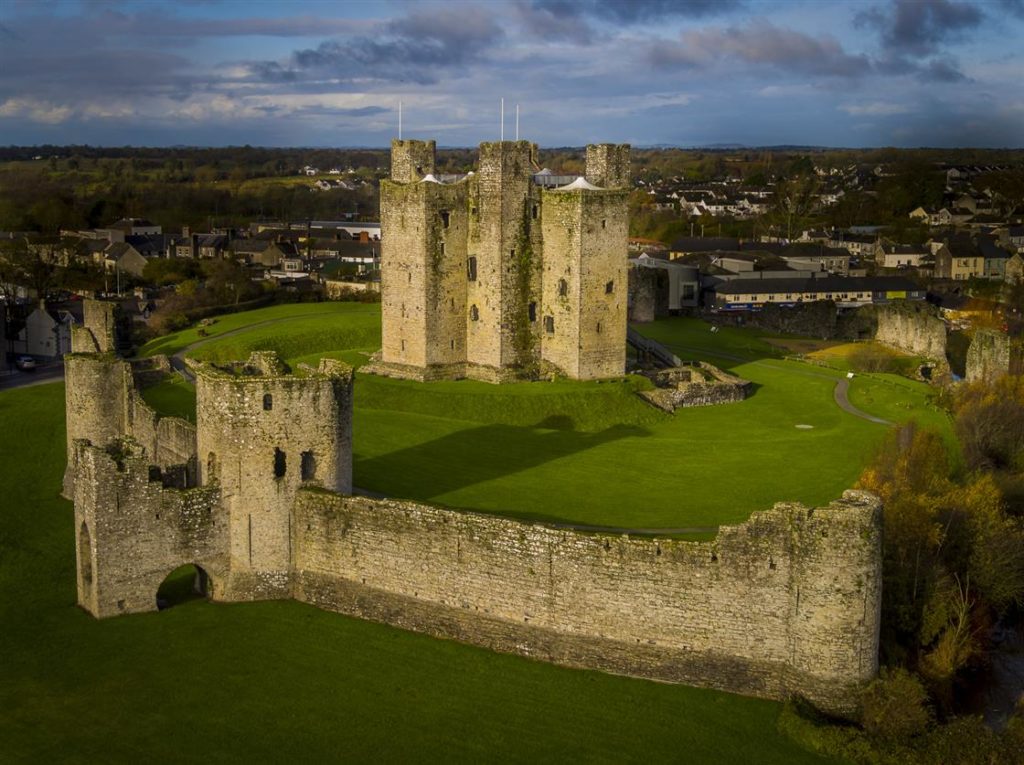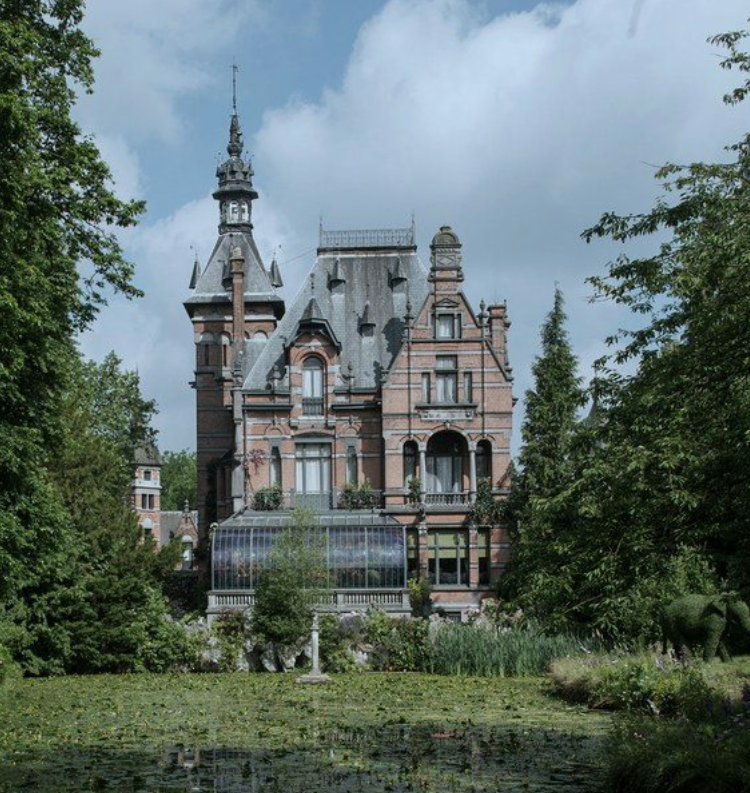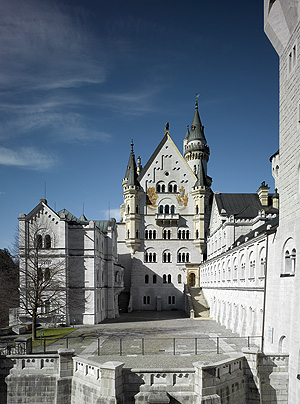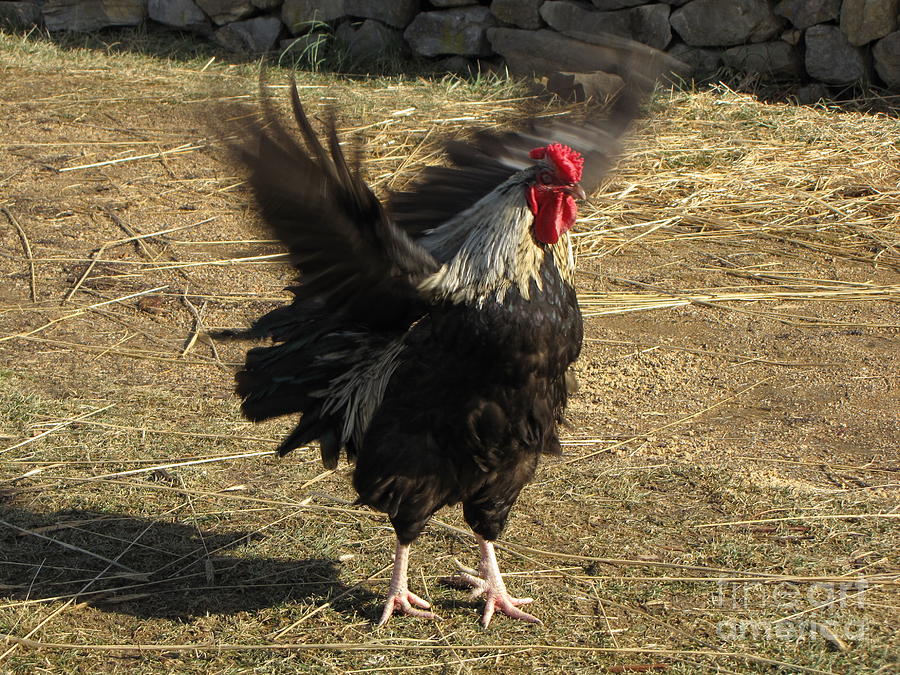Every parent knows two things: Reading is an essential part of life and not everyone likes to read the same things. As a parent who loves to read, I wanted my children to also love the activity. My eldest fell right into it. He enjoys many of the same books I do, and he can usually be found with some type of book in his hands. My youngest, while not as enthusiastic as his elder brother, also enjoys reading. He loves getting into fantasy adventures, ghost stories, and lately, his table-top gaming books. My middle son was an entirely different story.
My middle son hated to read. The letters didn’t make sense. The words were foreign. His attention deficit disorder didn’t help the matter any. He really enjoyed stories, though. As a young child, he’d memorize his favorite ones by associating the words to the pictures. So much so that he was able to convince his first-grade teacher that he’d learned the words to the short stories they read all week long. By Wednesday, he already knew which words went with which picture. Fooled her!
As I took matters into my own hands, I had to find a way to teach my son to read. We began with those incredibly boring, short books just to get him started with sounding out words. As he learned the words, I hid the pictures. Soon he was doing much better, but still didn’t like to read. We replaced reading books with comic books. Now I had his attention. Yes, my son learned to read with comic books. DuckTales was his favorite.
Push forward a few years. He’s now in 7th grade, and he’s failing English. Why? Because he’s supposed to be reading a book all week long and writing down what he read. He wouldn’t do it. His excuse? By the time he got to the bottom of the page, he forgot what was at the top. Reality, he just didn’t find the genre that he liked, and being stubborn, wouldn’t listen to me or his brother as we suggested stories we knew he’d like.
This is the situation that brought Asteria to life. My son loved playing Dungeons and Dragons with us, so I knew he would get captivated by being plunged into a story revolving around that. I set my hand and wrote a story about my son and his best friend being launched into a D&D-like adventure because of the actions of his friend’s little sister. It worked. He couldn’t put the manuscript down and re-read it several times. He found his genre. As a result, he started reading other books as well. Bigger books still scared him, so we would sit before bedtime and read them together. He’s still not an avid reader, but he knows what he enjoys reading now.
Do you have a child similar to mine? What are some ways to you can instill a love of reading in them? Here are a few ways you can try.
- Start reading early. Introduce books to your toddler. Read to them. Like many parents, I would read my children a bedtime story. I don’t know why, but reading before bed seems to be the perfect time.
- Introduce your child to many types of books. Visit the library or bookstore often. Not everyone is an adventurer. Perhaps they like mystery, poetry, non-fiction facts, or any of the other books available. Make sure there are a plethora of reading material around for your child to explore.
- Subscribe to a magazine for them. Highlights for Children, Ranger Rick, National Geographic Kids, Muse, Zoobooks, Jack & Jill, and many other magazines are available for children from the ages of 1 through 10.
- Set up a time to read. Perhaps you can have a reading time in the morning if you’re homeschooling. Set time aside at night when the TV, video games, and phones are turned off (yours, too.) and the family reads a story together.
- Encourage your child to read out loud. Beverly Swanson, in her post Encouraging Your Child To Read, mentions that you should listen to your child read and praise him for his success. Maybe ready every other page or every other chapter with him.
- Give your child writing materials. She can’t find a book that interests her this week? Well, reading and writing go hand-in-hand. Encourage her to write her own story. The sky is the limit. Don’t focus on spelling or vocabulary or grammar. Just let her write. Look up story starters on the internet to help her get started.
- Be an example. As in everything else, children follow what they see their parents do (not necessarily what they say). If your child sees you reading in your spare time, they’ll do the same.
- If your child is still resisting reading, eliminate possible physical or developmental issues. ADD, ADHD, Dyslexia, Autism (even extremely slightly), and poor vision are only a few of the possible medical or developmental issues that can cause a child to dislike reading. Caught early, you and your child’s doctor or counselor can devise a plan to help him dive into the reading world.
These are just a few suggestions. There are probably a hundred more. Reality is, with a little effort, your child can enjoy reading as much as you do.

